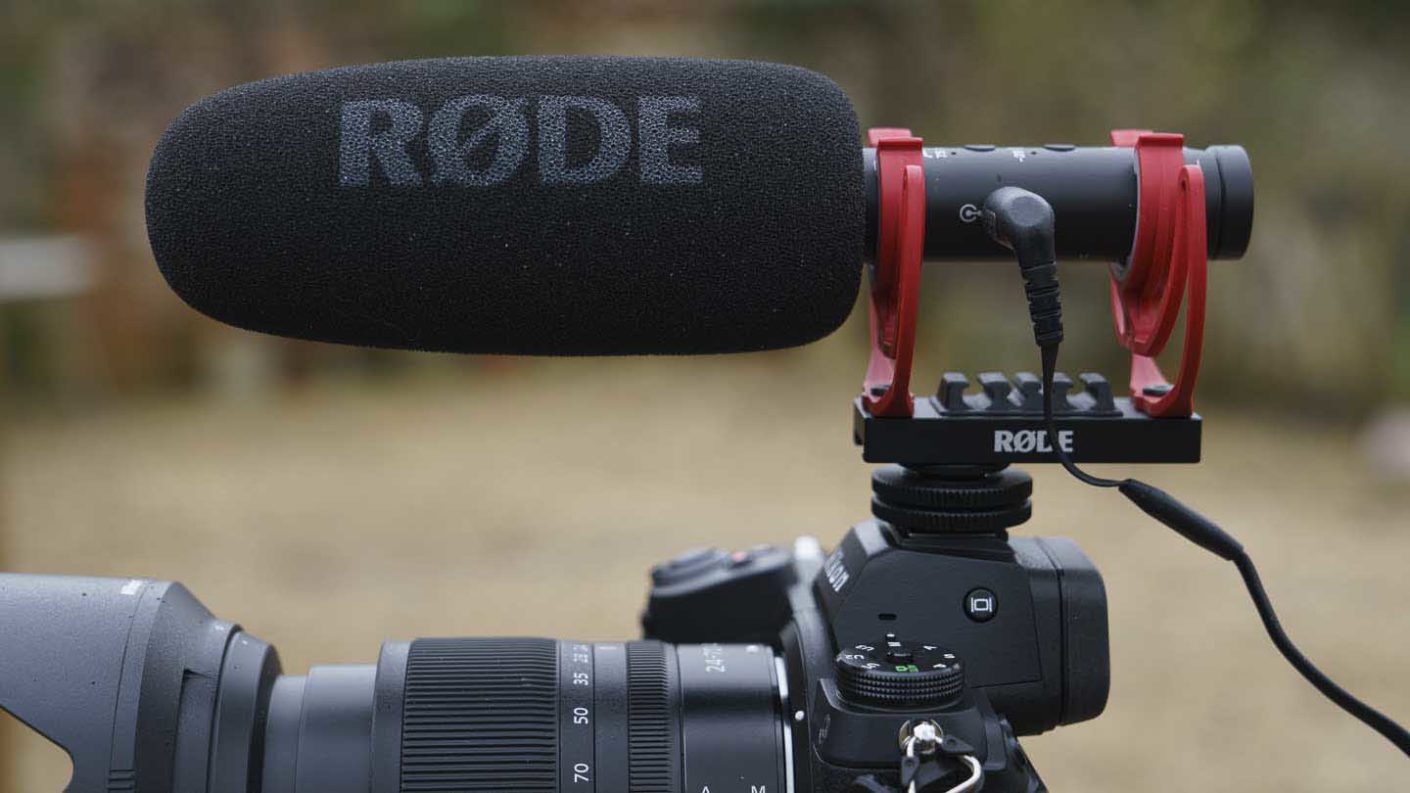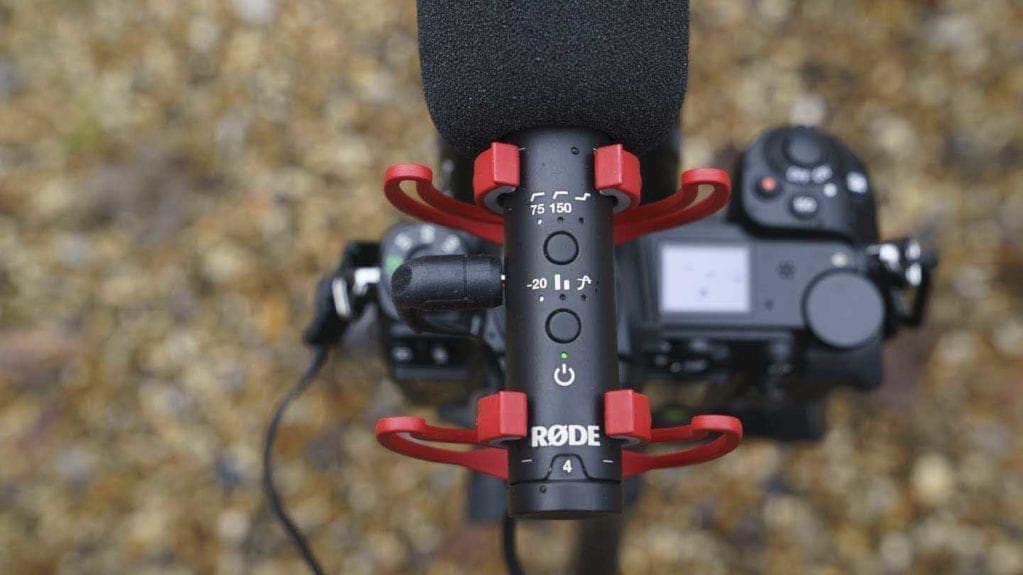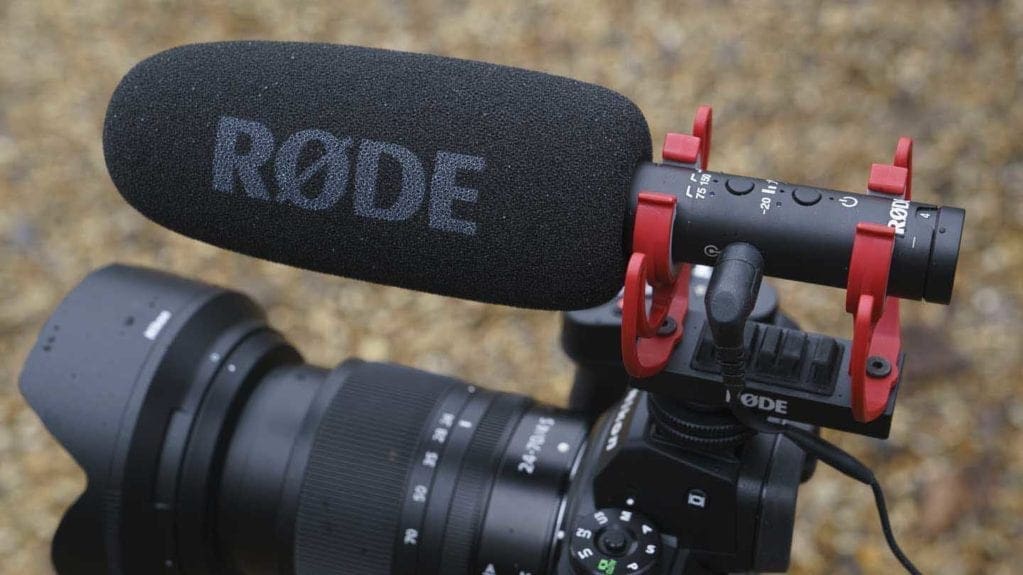Rode has given the VideoMic NTG a super cardioid polar pattern that is designed to be more directional than Rode’s earlier VideoMics. It’s also claimed to have very low self-noise and a flat frequency response.
The Rode VideoMic NTG has the auto-power feature that was first introduced with the Rode VideoMic Pro+. This battery-saving feature detects when the camera is switched off and turns off the mic. It also powers up the mic when the camera is turned on again, so you never miss recording the audio because you forgot to power-up the microphone.
While we’re on the subject of the battery, the VideoMic NTG has an internal battery that can’t be removed. It takes around 2 hours to charge it fully and lasts for over 30 hours.
Smart Connection
Most cameras have a 3.5mm TRS input but most smartphones and tablets have a TRRS input. That means that you normally need an adapter or different cables to connect a mic to different devices. However, the Rode VideoMic NTG has an auto-sensing output that detects whether it is plugged into a TRS input or a TRRS input and adapts the output accordingly. It means you don’t have to worry about using different cables or adapters and the SC10 cable that comes with the VideoMic NTG works with any device.
Alternatively, the VideoMic NTG can be connected to a smartphone or computer via the supplied USB-C cable.
In addition to a step-less gain control with an output range marked 1-15, the VideoMic NTG has a -20dB pad, a safety channel, a high frequency boost to help brighten the sound when a dead cat is used and a high-pass filter that can be set to 75Hz or 150Hz or turned off.
While the signal-reducing pad (or attenuator) is useful in very loud conditions, the safety channel is handy when the volume of the sound you are recording is likely to change quickly or when there are occasional loud noises. When the safety channel is activated, a second track is recorded simultaneously at 20dB lower than the first track with level set via the gain control.
This means that if the first track clips, there should be a usable signal on the second track and you can cut between the two.





